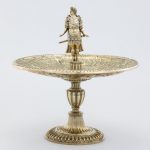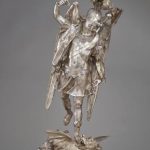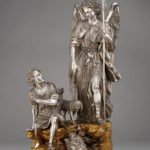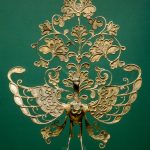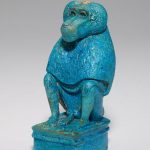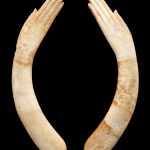Love Affairs: The Tale of Genji gallery rotations part 2
Love Affairs: The Tale of Genji in Japanese Art is going to have Rotation 2. Here are training materials for the Rotation:
JKA Docent Training Winter 2018 Genji Rotation 2
UPDATE: Message from Curator Aaron Rio, on 11/28/18:
Dear docents and guides,
I hope you have been enjoying “Love Affairs: The Tale of Genji in Japanese Art” and have had a chance to review the packet of information for part 2 of this exhibition, which opens this Saturday. For reasons that could not be avoided, the following two works from part 1 will stay on view for the duration of the exhibition. Both have been very popular and well utilized on tours, so I am sure this will make some of you very happy.
Gallery 253, 2013.29.14.1-2, Scenes from The Tale of Genji in the Four Seasons
Gallery 237, 2013.29.374, Wedding robe with design of standing curtains, maple trees, and large drum
This means that the following two works slated to appear in part 2 will not be exhibited after all:
Gallery 253, 2013.29.301.1-2, Scenes from The Tale of Genji on Silver Ground
Gallery 237, 2013.29.1140, Wedding robe with design of carriages and bridges
As always, please let me know if you have any questions. I also hope to see many of you at the Genji-related talks here at Mia on the morning of December 8.
Warm wishes,
Aaron
